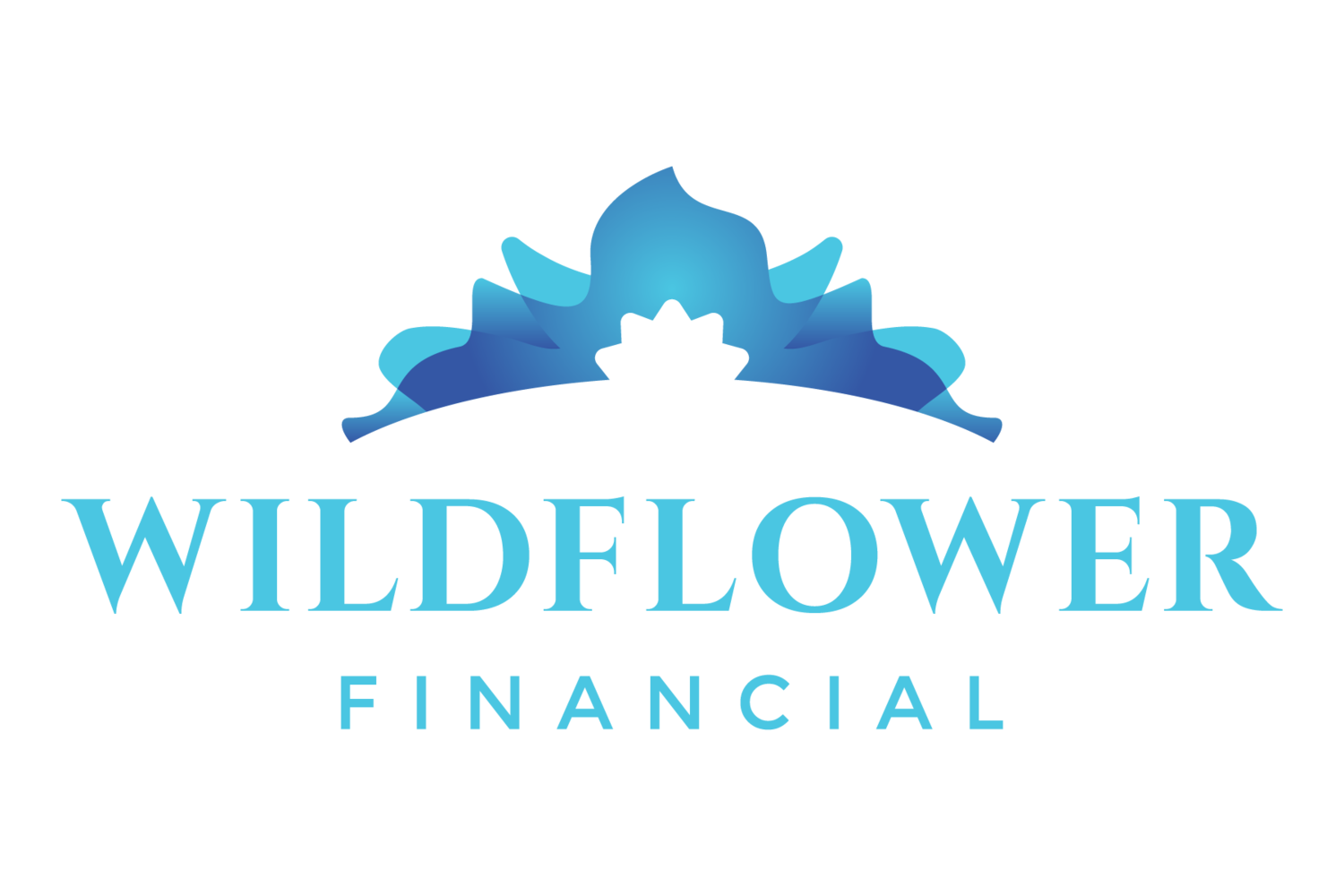It is true for me and true for lots of people I know. Sticking to a budget can be challenging. We want things and we want them now. The things might be shiny objects like the new car our neighbor just drove by in or they might be amazing experiences like the trip to Costa Rica a friend posted about on social media. Whatever they are, demands on our wallets are ever-present. Learning to resist the urge to over-spend can feel like entering the counter-culture. But that might be just the mind-set needed if we want to reach our important financial goals like buying a house, sending kids to college or retiring someday. When we add debt into the picture, sticking to a budget is even more essential for understanding how to prioritize your spending, saving and debt pay down strategies.
As a financial planner I help people identify, prioritize and reach their financial goals. In the beginning, clients may come to me expecting me to solve their financial turmoil with sage investment advice or some secret professional tip about the best type of account to open or perhaps if they could just save on taxes, all financial stress will cease. The reality is usually much more mundane. Healthy spending and saving habits are essential to having enough money to invest in any type of account. Getting money reasonably allocated and invested in a tax efficient way is fairly straightforward. Getting it in the first place requires adherence to the basic rule of spending less than you take in. Embrace the power and beauty of the well crafted budget!
Where to start?
Choose the tools that work best for you!
Assessing your current situation is the place to begin. How can you know how much you can save or apply to paying down debt if you have no idea where all your money goes? There are lots of different tools out there to help you categorize your spending. I have often found, however, that taking the "old fashioned" approach can deepen the understanding of where the money is really going. This means taking the time to go through your spending accounts, categorizing on paper or with the help of a simple spreadsheet. I recommend doing this retrospectively for three months and then taking the average to understand your monthly spending pattern. If this number surprises you, seems higher than you would like given your savings target, or if it is higher than your monthly take home income, you have more work to do.
One key component of this exercise is to avoid all judgement! This is not about feeling bad about the past. It is about creating more awareness in order to improve your future.
Once you have a good idea of your current situation, setting short, medium and long term goals can help motivate frugality. It is much easier to deny yourself a shiny object today and ignore what the neighbors just bought if you can envision a truly important goal being reached in the future. It is also important to set achievable targets and not to deny yourself all indulgences. One beauty of a budget is that you can actually create space within the budget for treats without breaking the bank.
Jennipher Lommen is a Certified Financial Planner TM and Enrolled Agent who offers comprehensive financial planning and tax advice to clients in Santa Cruz, CA and beyond.








